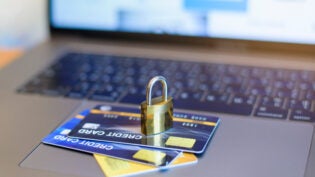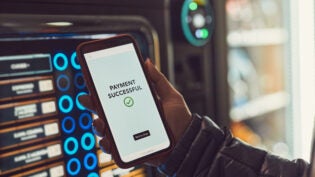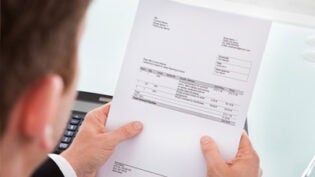
A Wire Transfer, also known as a Credit Transfer, is a type of electronic fund transfer from one individual or business to another. It involves movement of cash from one bank account to another bank account. It’s a real-time gross settlement system, meaning it provides the quickest availability of funds. It’s a swift settlement process which does not allow much time for currency fluctuations during its transit. It‘s also the cheapest way to transfer funds across the globe.
Since many businesses aren’t sure how best to utilize wire transfers, here are the basic steps involved to make an international wire transfer. All you need is some information from the recipient and you can carry out the process yourself.
Step 1. Log into Your Banking Profile
Get your online banking services enabled through your bank and log into your online banking account using your username and password.
Step 2. Head Towards the Wire Transfer Option
From the toolbar, choose the international wire transfer sub-option under the wire transfer option. If you are unable to locate this option, contact your bank and they will lead you to the required page.
Step 3. Activate the Wire Transfer Limit
There are certain banks which require you to specify a limit while making international transfers. Therefore, for transfers exceeding a specific limit, you will need to call your bank so that they give you the authority to make the transfer. This process requires confirming your identity. So, an access code will be sent to your mobile phone; using it can activate your wire transfer limit.
Step 4. Fill in the Required Recipient’s Information
The information of the person at the receiving end includes:
- Full name and address of his bank
- Account name
- Account number or International Bank Account Number (IBAN). This information can be collected from the bank or from a bank statement. The account number depends on the bank’s location in the world.
- SWIFT/BIC code. These are bank codes used for monetary transactions across different banks. These codes are a combination of numbers and letters and are used for unique identification of banks. They can generally be found on bank account statements.
Step 5. Choose the Currency and Enter the Amount to be Transacted
Once you fill in the recipient’s information, the specific currency of that country will automatically show up. But you can always choose the desired currency from the drop-down menu.
Step 6. Payment of International Wire Transfer Fees
Banks charge a particular amount of fee per transfer for this international transfer service. The amount of fee varies among different banks. You will have to pay the fee after every transfer.
Step 7. Keep Tabs on the Status of the Transfer
An estimated duration of the transaction is provided by the bank after the process is complete. You can always check the status of the wire transfer by logging into your account anytime.
If you find it difficult to carry out the international wire transfer process yourself, you can also approach the bank to do it for you. You will have to contact the bank in person and give them the details of the person at the receiving end (as discussed above). They will ask you a few questions regarding the transaction like the currency in which the transfer is to be made, the amount of the transfer, the account through which the funds are to be sent, etc. Here too, you will have to pay the international wire transfer fees, once the process is complete. They will let you know the estimated date when the transfer will be made.
If you think your bank charges more for these transfers, then you always have the option to consider other wiring alternatives, such as Western Union Money Transfer. Their transaction fee is usually less than the banks but the transaction time is slightly more as compared to the banks.
Wire Transfer is a secure method of monetary transactions, as these transactions can be done by the account holders of a well-proven identity. This type of transfer should be done only by trustworthy persons as it may be unsafe otherwise. If the financial institutions have any doubt about the money being transferred to a legitimate entity, then the transaction is halted and the funds are frozen.
Using bank codes is highly essential in such transactions, to make sure that the funds are being directed to the desired office. Every branch of a bank has a unique bank code, depending on its location. The bank identification codes of all banks can be obtained from the Internet. These are usually assigned to all the licensed financial institutions by the Bankers Association of a particular country.
Author: Deepika Sharma combines his interest and love for writing to cover financial, banking and money-related issues faced by millennials today. He also works for bankingDB.com, a complete online database that provides lists of worldwide banking codes used for national and international banking transactions.
4175 Views












